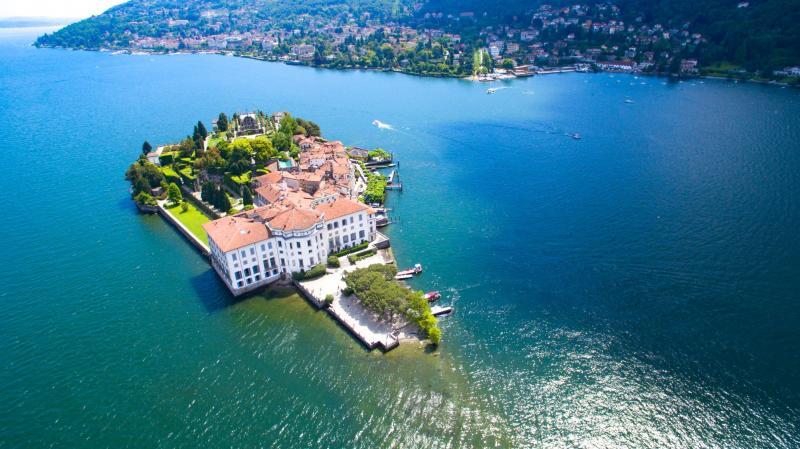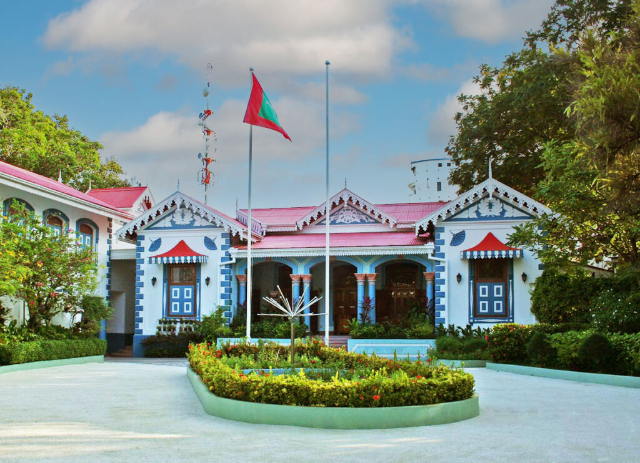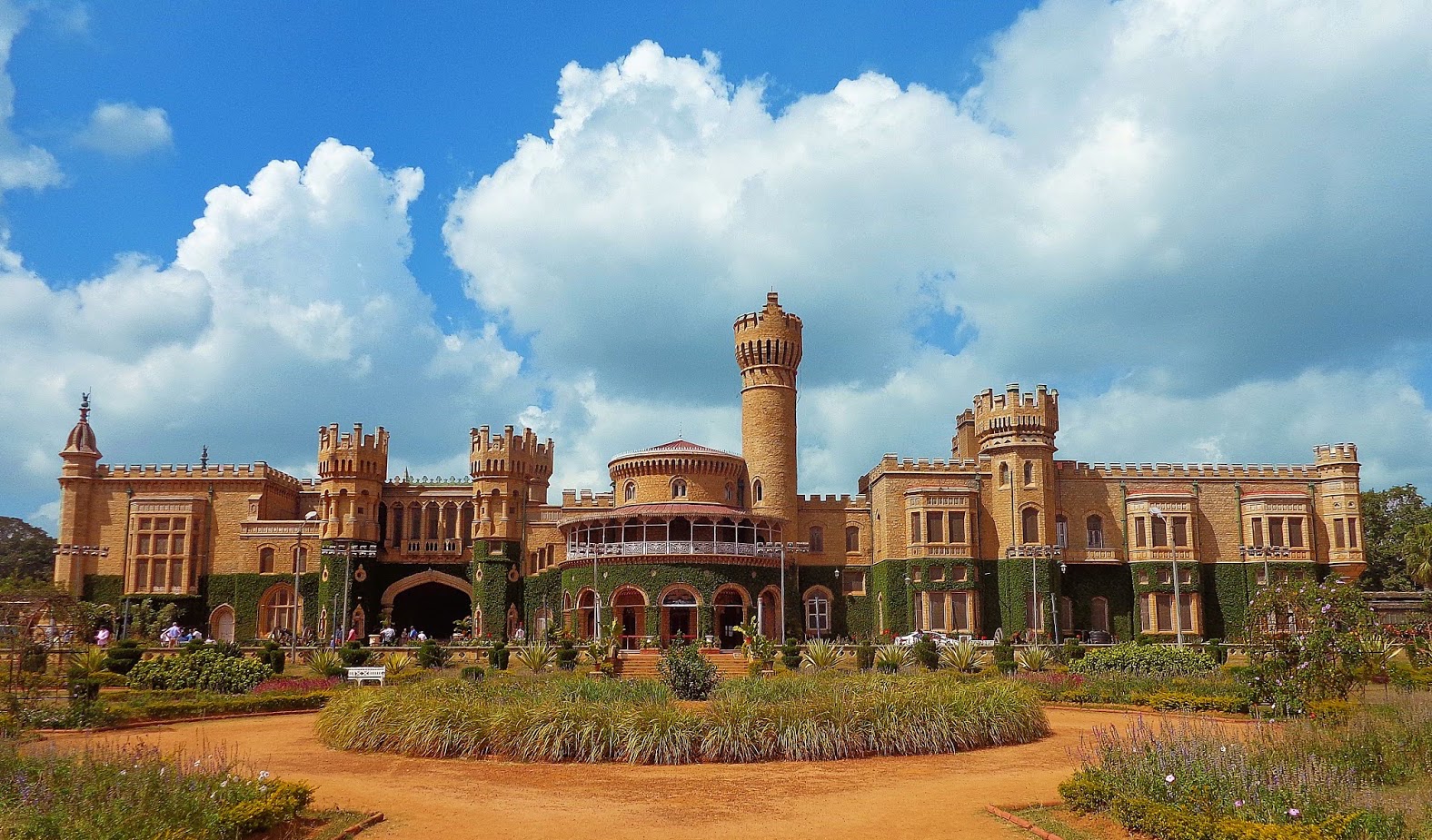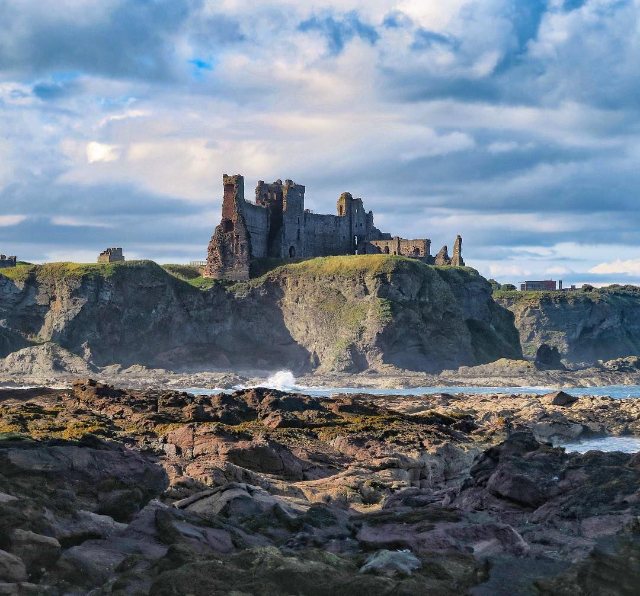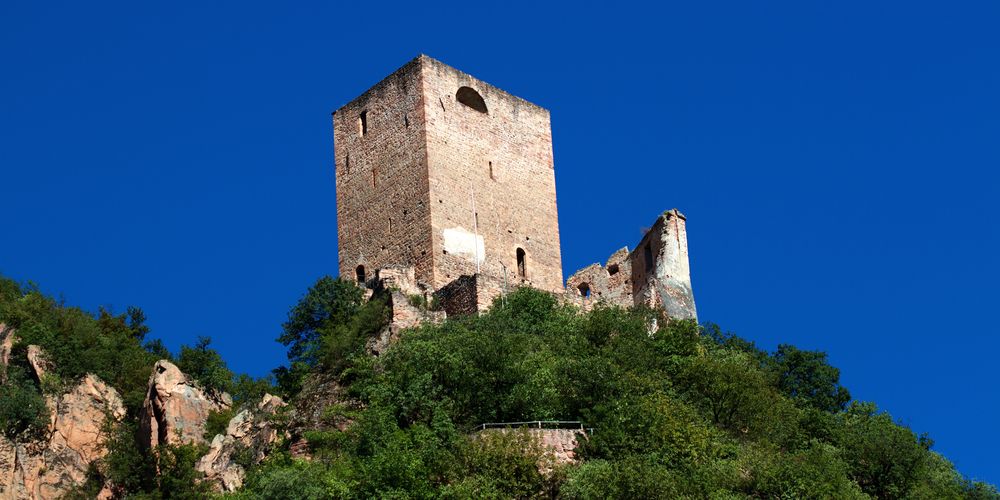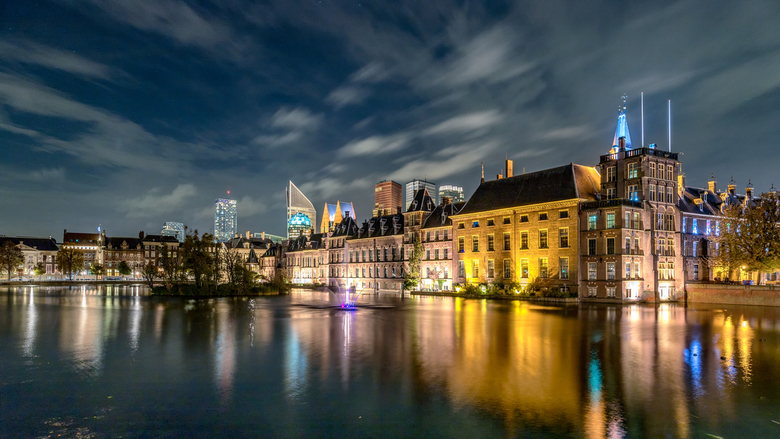When Vitaliano VI Borromeo began construction of the palace and gardens that still give it fame today in 1632, Isola Bella was nothing more than a strip of land and rock inhabited by fishermen. The palace and gardens were conceived as a single entity, and the island thus took the shape of an imaginary vessel with the villa at the bow and the gardens at the stern. In the grand and majestic Borromeo mansion, a succession of furnished rooms with tapestries, furniture, statues, paintings, and stucco leads to the coolness of the famous mosaic grottoes. Of particular historical interest are the Music Room where the Stresa Conference was held in 1935 and the Room of Napoleon, who stayed here in 1797 with his wife Josephine. From the Palace there is access to what is considered the most splendid and grandiose example of an Italian Baroque garden where, among rare plant species, including those of exotic origin, white peacocks with enchanting plumage roam. The spectacular flowering of the gardens is designed and cared for by master gardeners to offer colors and scents from March to October.
Fascinating is the tour inside the Baroque palace: a continuous and rich succession of furnished rooms.
Canvases by well-known artists including the Neapolitan painter Luca Giordano (1632-1705), the Tuscan Francesco Zuccarelli (1702-1788) and the Flemish Pieter Mulier known as the Tempest (c.1637-c.-1701) occupy the walls of elegant and refined rooms along with fine furniture, marble, neoclassical stucco, sculptures and tapestries of 15th-century Flemish production.
Of great historical interest are the Music Room where, in April 1935, the Stresa Conference was held between Mussolini, Laval and Mac Donald that was supposed to guarantee European peace and the Room of Napoleon, who stayed here accompanied by Josephine Beauharnais (1797).
Having finished the visit to the mansion, one enters what is considered the most splendid and grandiose example of an Italian Baroque garden. Many plant species, including those of exotic origin, among which white peacocks with enchanting plumage roam freely.
Splendid and grand Italian Baroque garden is one of the best known and best preserved examples in Italy. Built at different times, it is nevertheless a coherent ensemble of pyramidal form culminating in the great statue of the Unicorn ridden by Love.
Articulated in ten sloping terraces, it is adorned with pools, fountains, architectural perspectives and a multitude of statues dating from the second half of the 17th century representing personifications of rivers, seasons and winds.
Many of these "environments" are bordered by walls and balustrades on which even today one can sense the points from which gushes, fountains, small waterfalls and water features flowed.
The particularly mild climate has allowed the growth of a rich variety of vegetation and species that have found their habitat here. Among azaleas and rhododendrons, espaliers of grapefruits and bitter oranges, orchids and carnivorous plants, the silhouette of a large camphor more than two hundred years old stands out. Exotic plants are stored during the winter season in the nineteenth-century greenhouse, which is included in the tour route. Recurring trimmings from March to September never leave the garden lacking in charm and color.
